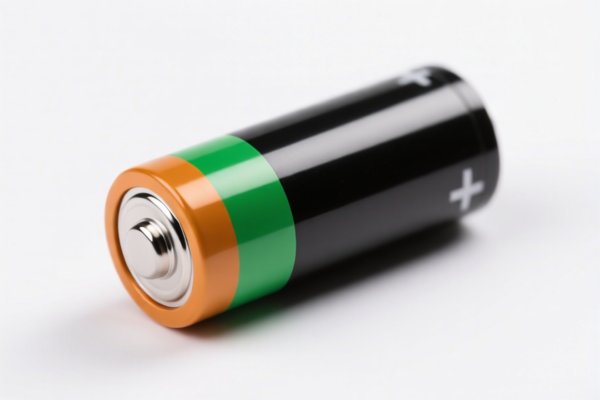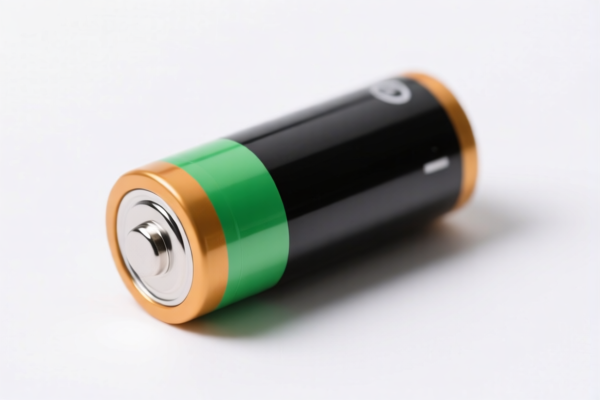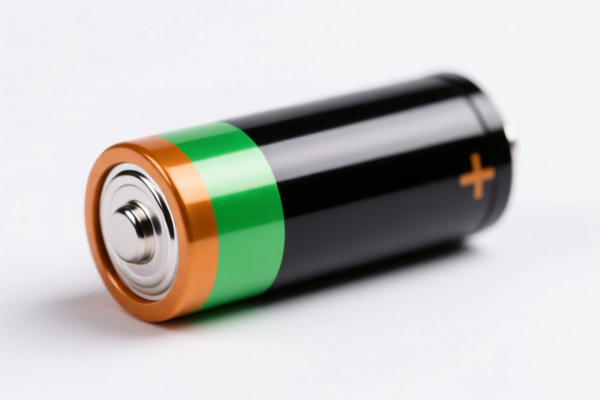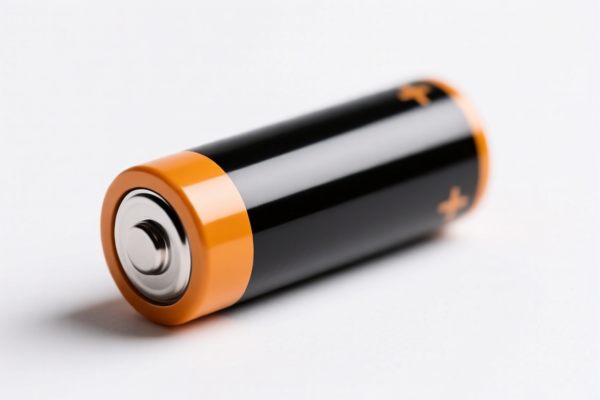| HS Code | Official Doc | Tariff Rate | Origin | Destination | Effective Date |
|---|---|---|---|---|---|
| 8505110010 | Doc | 32.1% | CN | US | 2025-05-12 |
| 8505110090 | Doc | 32.1% | CN | US | 2025-05-12 |
| 8548000000 | Doc | 55.0% | CN | US | 2025-05-12 |
| 8467210030 | Doc | 31.7% | CN | US | 2025-05-12 |
| 8467990190 | Doc | 55.0% | CN | US | 2025-05-12 |
| 8487900080 | Doc | 83.9% | CN | US | 2025-05-12 |
| 8487900040 | Doc | 58.9% | CN | US | 2025-05-12 |
| 3926903000 | Doc | 59.2% | CN | US | 2025-05-12 |
| 3926909989 | Doc | 42.8% | CN | US | 2025-05-12 |
| 3901905501 | Doc | 61.5% | CN | US | 2025-05-12 |
| 3901909000 | Doc | 61.5% | CN | US | 2025-05-12 |
| 3914006000 | Doc | 58.9% | CN | US | 2025-05-12 |
| 3914002000 | Doc | 55.0% | CN | US | 2025-05-12 |




Battery Chuck
A battery chuck is a component used to connect a battery pack to a power tool or device, enabling cordless operation. It serves as the interface between the battery's power output and the tool's electrical system.
Material:
- Plastic: Commonly used for the housing due to its insulating properties and lightweight nature. ABS plastic is a frequent choice.
- Metal: Contacts within the chuck are typically made of brass or other conductive metals to ensure efficient electrical connection. Some chucks incorporate steel components for structural reinforcement.
- Contacts: Often plated with nickel or silver to improve conductivity and resist corrosion.
Purpose:
The primary purpose of a battery chuck is to provide a secure and reliable electrical connection for power transfer, allowing the tool to function without a mains power supply. It also facilitates quick and easy battery changes.
Function:
- Electrical Connection: Establishes a circuit between the battery terminals and the tool's internal power circuitry.
- Locking Mechanism: Secures the battery pack in place, preventing accidental disconnection during use. Mechanisms vary but often involve spring-loaded latches or sliding locks.
- Polarity Alignment: Ensures correct alignment of positive and negative terminals to prevent damage to the tool or battery.
- Release Mechanism: Allows for easy removal of the battery pack when needed.
Usage Scenarios:
Battery chucks are integral to a wide range of cordless power tools and devices, including:
- Power Drills: Facilitate cordless drilling and driving applications.
- Impact Wrenches: Enable cordless tightening and loosening of fasteners.
- Saws: Used in cordless circular saws, reciprocating saws, and jigsaws.
- Flashlights: Provide power to cordless LED flashlights.
- Gardening Tools: Found in cordless leaf blowers, hedge trimmers, and lawnmowers.
- Vacuum Cleaners: Enable cordless operation of handheld and stick vacuum cleaners.
Common Types:
- Sliding Battery Chuck: The most common type. The battery slides into the chuck from the bottom or rear, locking into place via a latch or button mechanism.
- Top-Post Battery Chuck: Less common, featuring a vertical slot where the battery is inserted from the top. Often used in older or specialized tools.
- Side-Post Battery Chuck: Battery is inserted from the side.
- Universal Battery Chuck: Designed to be compatible with multiple battery brands and voltages (often via adapters).
- Quick-Connect Battery Chuck: Features a very fast release and insertion mechanism for rapid battery changes.
Based on the provided information, a “battery chuck” can be classified under several HS codes, depending on its specific features and application. Here’s a breakdown:
-
8467210030: Tools for working in the hand, pneumatic, hydraulic or with self-contained electric or nonelectric motor, and parts thereof: With self-contained electric motor: Drills of all kinds Rotary: Other: With a chuck capacity of less than 12.7 mm. This code applies if the battery chuck is part of a portable drill with a battery-powered motor and has a chuck capacity less than 12.7 mm.
- 84: Chapter – Nuclear reactors, boilers, machinery and mechanical appliances; parts thereof.
- 67: Heading – Tools for working in the hand, pneumatic, hydraulic or with self-contained electric or nonelectric motor.
- 210030: Subheading – Specifically for drills with a chuck capacity less than 12.7 mm.
-
8467990190: Tools for working in the hand, pneumatic, hydraulic or with self-contained electric or nonelectric motor, and parts thereof: Parts: Other Other. This code is applicable if the battery chuck is being imported as a separate part for a tool, and doesn’t fall under other specific parts categories.
- 84: Chapter – Nuclear reactors, boilers, machinery and mechanical appliances; parts thereof.
- 67: Heading – Tools for working in the hand, pneumatic, hydraulic or with self-contained electric or nonelectric motor.
- 990190: Subheading – Other parts for tools.
-
8548000000: Electrical parts of machinery or apparatus, not specified or included elsewhere in this chapter. If the battery chuck is considered a specialized electrical component and doesn’t fit neatly into the tool categories, this code may be appropriate.
- 85: Chapter – Electrical machinery and equipment.
- 48: Heading – Electrical parts of machinery or apparatus.
Important Note: The total tax rate for HS code 8467210030 is 31.7%. The total tax rate for HS code 8467990190 and 8548000000 is 55.0%.
Customer Reviews
No reviews yet.